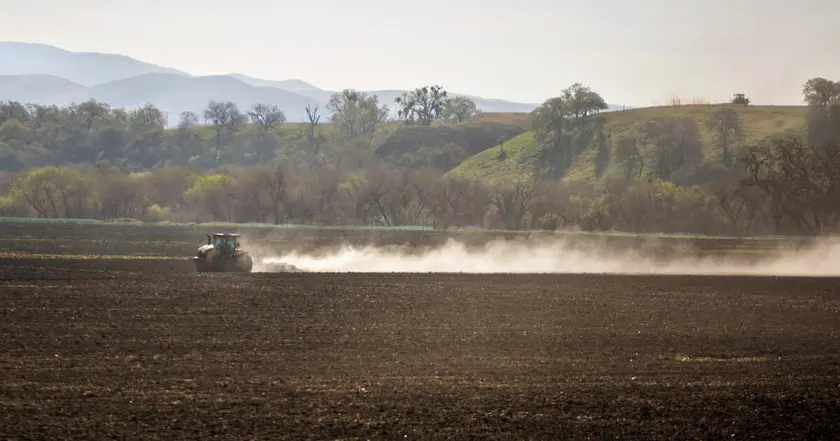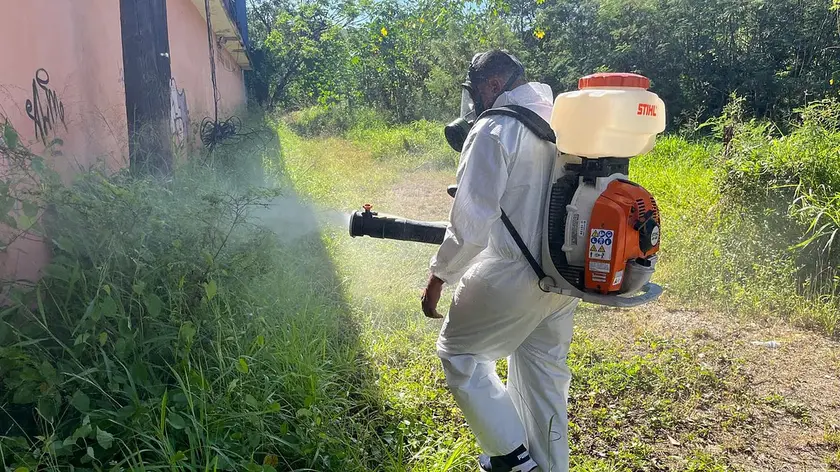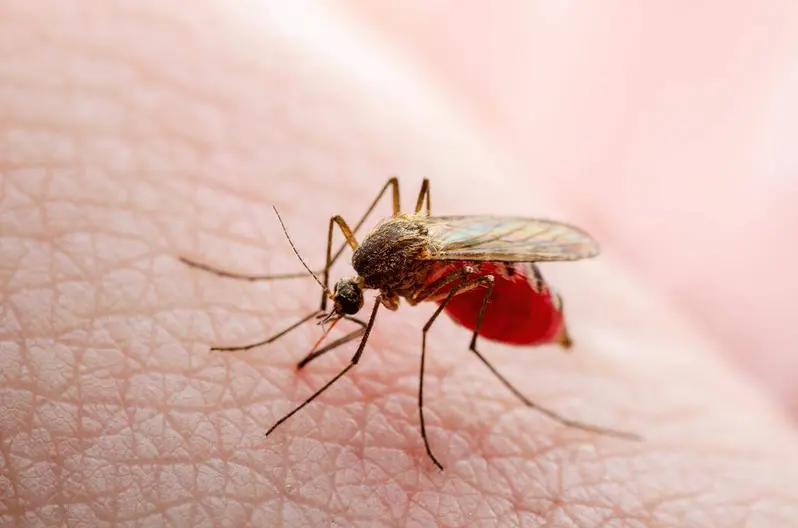T4K3.news
Valley Fever Case Rise in California
California reports rising Valley Fever cases by July 2025, with potential to break 2024 records and climate factors noted.

California could see Valley Fever cases exceed last year as the climate shifts and soil bacteria spread through spores.
Valley Fever in California Pushes to Record Highs
California reports 6,761 Valley Fever cases by the end of July 2025, a number that suggests a continued rise from previous years and could surpass the 2024 high of 12,595 if trends hold. Valley Fever is caused by the fungus Coccidioides, found in soil in California and the southwest. People inhale spores, which can trigger respiratory symptoms such as fever, coughing and chest pain. Physicians often misdiagnose it as pneumonia or COVID, delaying proper care.
The disease affects some groups more than others. Pregnant people, those with weakened immune systems, older adults, and outdoor workers in dusty conditions face higher risk. While many recover without treatment, others need antifungal medicine and sometimes hospitalization. Data from health authorities highlight a need for improved diagnosis and public awareness as climate change may expand the fungus’s habitat and transmission.
Key Takeaways
"Dust here carries a warning about climate and health"
comment from a health expert on climate links
"Doctors must look beyond common colds for Valley Fever"
call to improve diagnosis by clinicians
"Climate change is reshaping where illness hides"
editorial insight on wider patterns
"Public health needs faster diagnosis and solid data"
policy and data emphasis
The rising counts fit a broader pattern: Valley Fever has grown since 2000, a trend linked in part to warmer temperatures and more dust in dry seasons. That makes Valley Fever not just a medical issue but a climate issue, too. For health systems, the trend means more training for clinicians and more resources for diagnosis and treatment. Communities near dusty work sites and in affected areas may see higher exposure, which could influence outdoor labor policies and public health messaging. The data still cover only part of 2025, so experts caution against assuming the peak is reached. Yet the trajectory is clear enough to demand sustained surveillance and clear guidance for doctors and patients alike.
Highlights
- Dust here carries a warning about climate and health
- Doctors must look beyond common colds for Valley Fever
- Climate change is reshaping where illness hides
- Public health needs faster diagnosis and solid data
Healthy communities will depend on steady data and practical steps for faster diagnosis
Enjoyed this? Let your friends know!
Related News

Valley fever cases reach record highs in California

Valley Fever cases rise across West Coast

Phoenix man shows recovery after Valley Fever treatment

Dengue cases rise as travel fuels spread

Medical Expert Confronts Vaccine Misinformation

COVID-19 levels in Bay Area exceed winter peak

Flea-borne typhus cases rise in Southern California

Maine reports first human case of Powassan virus this year
